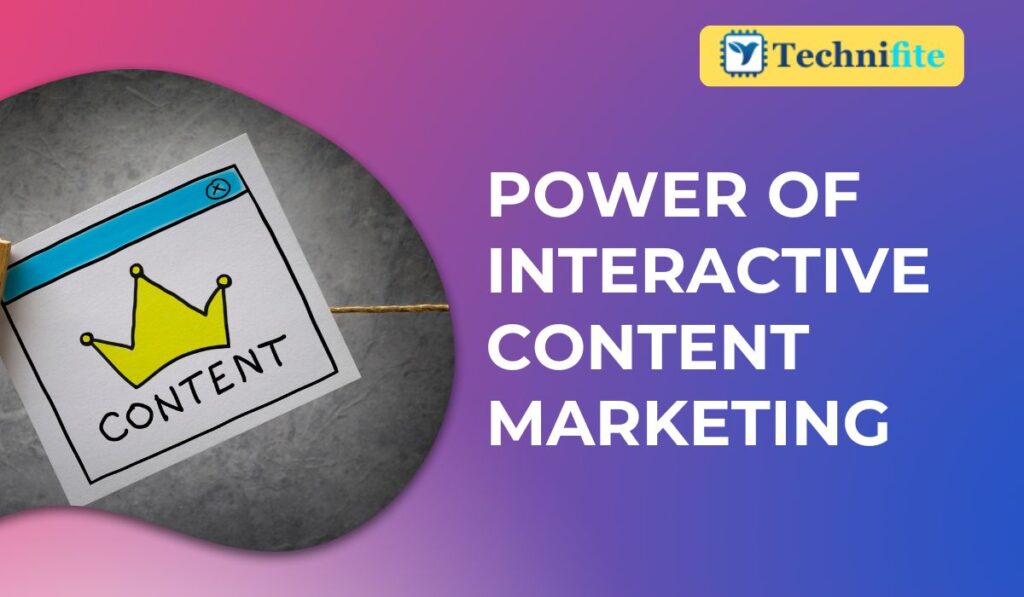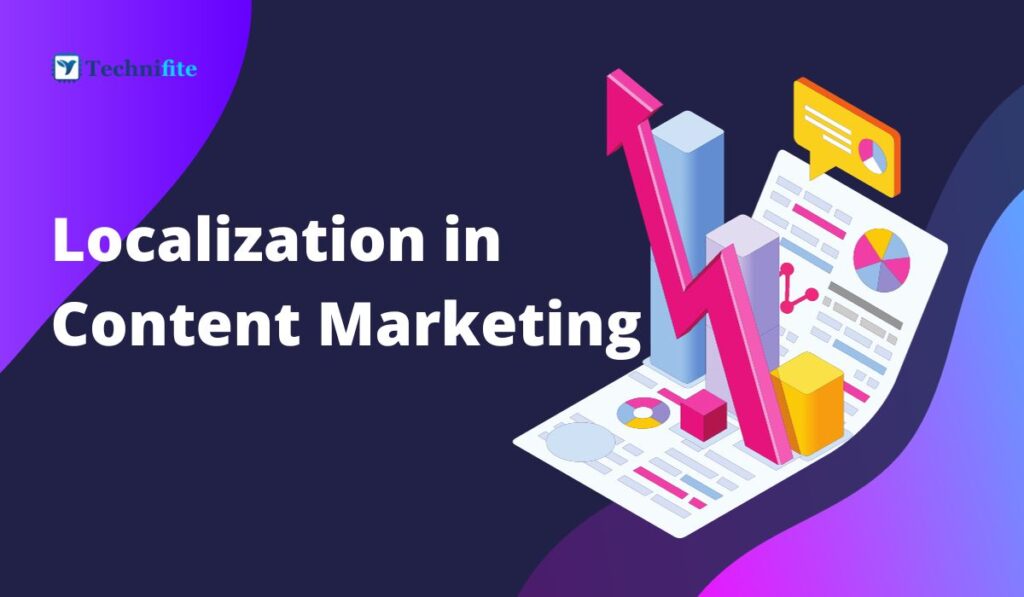Power of Interactive Content Marketing: In the ever-evolving digital marketing landscape, the quest for engagement, interaction, and audience retention has become paramount. Gone are the days when static, one-dimensional content could captivate online audiences. Instead, a new game-changer has emerged – interactive content. This article delves into interactive content, exploring its immense potential and how it has become a transformative force in digital marketing.
The Rise of Interactive Content
Interactive content is a multifaceted category that includes elements such as quizzes, polls, surveys, calculators, assessments, contests, games, and interactive videos. What sets interactive content apart is its ability to actively involve the audience, encouraging them to participate, make choices, and provide input. This shift from passive to active engagement is one of the reasons for its meteoric rise.
Enhanced Engagement
Interactive content captivates the audience through participation. It keeps users invested in your content and encourages them to interact more with your brand. Whether a personality quiz or an interactive infographic, it offers an experience beyond reading or watching, making it more memorable.
Valuable Data Collection
Interactive content isn’t just about entertaining or educating; it’s also a data goldmine. Surveys and quizzes, for example, allow you to collect valuable information about your audience’s preferences, behaviours, and demographics. This data can be used to personalize future content and improve your overall marketing strategy.
Improved Conversion Rates
Interactive content can be a powerful tool for converting leads into customers. When users actively engage with your content, they’re more likely to move down the sales funnel. Whether it’s a product configurator or an interactive webinar, it can provide personalized recommendations and build trust.
Social Sharing
Interactive content is highly shareable. People love to show off their quiz results, challenge their friends, and share the results of interactive experiences on social media. This social sharing can exponentially increase your content’s reach and visibility.
Types of Interactive Content
- Quizzes and Assessments: Create personality quizzes, knowledge assessments, or product recommendation quizzes that cater to your audience’s interests and needs.
- Polls and Surveys: Gather opinions and insights from your audience, which can inform your content strategy and product development.
- Calculators: Develop interactive calculators that help users estimate costs, savings, or potential gains related to your products or services.
- Interactive Videos: Incorporate clickable elements and decision points within videos, giving viewers choices that influence the storyline or outcome.
- Contests and Games: Run contests or create simple games related to your products or industry, offering prizes or rewards for participation.
Implementing Interactive Content
- Understand Your Audience: Effective interactive content starts with deeply understanding your target audience. Tailor your content to their preferences, challenges, and desires.
- Choose the Right Format: Select the interactive content that aligns with your marketing goals and audience’s interests. Don’t be afraid to experiment with different formats to see what resonates best.
- Provide Value: Interactive content should be both fun and informative. It should offer value to the user, whether it’s in the form of entertainment, education, or solving a problem.
- Promote Sharing: Encourage users to share their results or experiences on social media. Include share buttons and incentives for sharing.
- Analyze and Iterate: Use analytics tools to track user interactions, conversions, and other relevant data. Use this information to refine and improve your future interactive content.
Conclusion
Interactive content is no longer an option but a necessity in digital marketing. Its ability to engage, collect data, convert leads, and encourage social sharing makes it a game-changer in the industry. As marketers search for ways to connect with their audience meaningfully, interactive content is poised to play a central role in the future of digital marketing. Embrace it, and you’ll find your audience more engaged and loyal.
Frequently Asked Questions (FAQs)
What is digital marketing?
Digital marketing refers to the use of digital channels, such as the internet, social media, search engines, email, and mobile apps, to promote products or services. It encompasses a wide range of tactics and strategies aimed at reaching and engaging a target audience, driving traffic, generating leads, and, ultimately, increasing sales and brand awareness.
Why is content marketing important for businesses?
Content marketing is crucial for businesses because it helps establish credibility, engage the audience, and build relationships. High-quality content demonstrates expertise, educates customers, and provides value. It also boosts SEO efforts, driving organic traffic to websites. Ultimately, content marketing nurtures leads, leading to higher conversion rates and customer loyalty.
What benefits does social media marketing offer to businesses?
Social media marketing provides businesses with a platform to connect with their audience directly. It enhances brand visibility, facilitates customer engagement, and allows for real-time interaction. Social media also supports targeted advertising, enabling businesses to reach specific demographics. Moreover, it fosters brand loyalty by creating a community around the brand.
How does SEO (Search Engine Optimization) help improve website traffic?
SEO optimizes a website’s structure, content, and keywords to make it more search engine-friendly. When users search for relevant terms, well-optimized websites appear higher in search engine results pages (SERPs). This increased visibility leads to more organic (non-paid) traffic. SEO enhances user experience, making the website more accessible and appealing to visitors.
What is email marketing, and what are its benefits for businesses?
Email marketing involves sending targeted messages to a group of recipients via email. It is a cost-effective and direct way to reach potential customers. Email marketing allows businesses to personalize messages, segment their audience, and track user behaviour. It can drive website traffic, nurture leads, promote products, and build customer loyalty. Additionally, it offers valuable analytics, enabling businesses to refine their marketing strategies.


